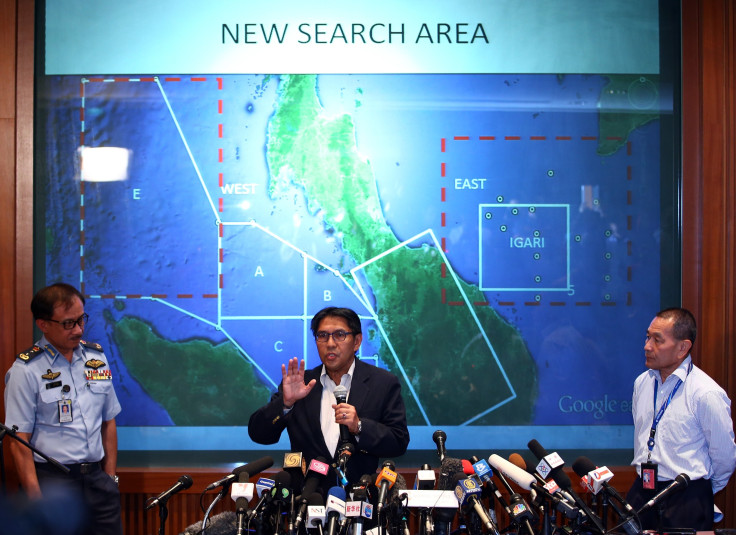Flight MH370 Update: Hypoxia Theory Could Explain What Happened To Missing Plane, New Book Claims

Did Malaysia Airlines Flight 370 crash because the crew and passengers got hypoxia? Journalist Christine Negroni thinks so
Aviation expert Negroni focuses on hypoxia, a condition resulting from oxygen deprivation, in her new book, "The Crash Detectives: Investigating the World's Most Mysterious Air Disasters," the Observer reported Friday. Amazon shows the book is set to be released Wednesday.
Negroni told the Observer she blamed the March 2014 disappearance of MH370 on the faulty sense of judgment pilots can experience after encountering hypoxia, which can occur when a cabin gets depressurized at a certain altitude. MH370 and the 239 people it was carrying vanished en route from Kuala Lumpur to Beijing.
Negroni suggested that the afflicted MH370 pilots tried to signal for help but were so confused they accidentally disabled communications. In Negroni's scenario, First Officer Fariq Abdul Hamid managed to get the Boeing 777 on track back to Malaysia but fainted.
"It would have made a deep and startling noise, like a clap or the sound of a champagne bottle uncorking, only much, much louder and sharper," an excerpt from her book in Air & Space Magazine read. "This would have been followed by a rush of air and things swirling everywhere. A white fog would have filled the space as the drop in temperature turned the moist cabin air into mist."
The plane then likely crashed into the Indian Ocean.
The book isn't the first time Negroni has suggested hypoxia was behind the plane's mysterious disappearance. Within months of the aircraft and its passengers vanishing, she wrote a blog post for the Seattle Post-Intelligencer laying out the theory and comparing MH370 to previous crashes linked to hypoxia.
Later, Negroni actually intentionally experienced hypoxia while researching her book. On her website, she wrote: "It was a totally unpleasant experience. I felt nauseous, blackness in my peripheral vision, out of breath and very, very flush. After about one minute, my breathing was labored. My head lolling started after about two minutes in."
The Australian Transport Safety Bureau, which is leading the search for MH370, admitted in June 2014 that "the final stages of the unresponsive crew/hypoxia event type appeared to best fit the available evidence for the final period of MH370’s flight when it was heading in a generally southerly direction."
The bureau used this information to set an area to sweep for plane debris. Since then, a variety of explanations for the crash have been proposed and probed, including a possible fire on board and a rogue pilot.
© Copyright IBTimes 2024. All rights reserved.












